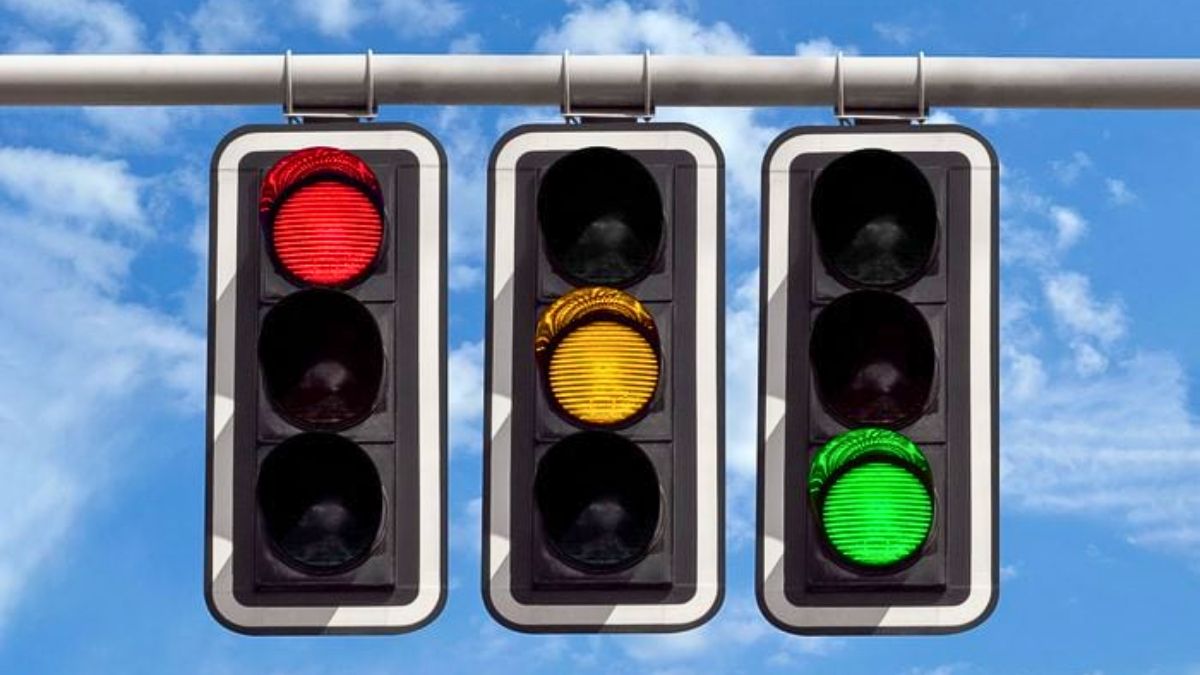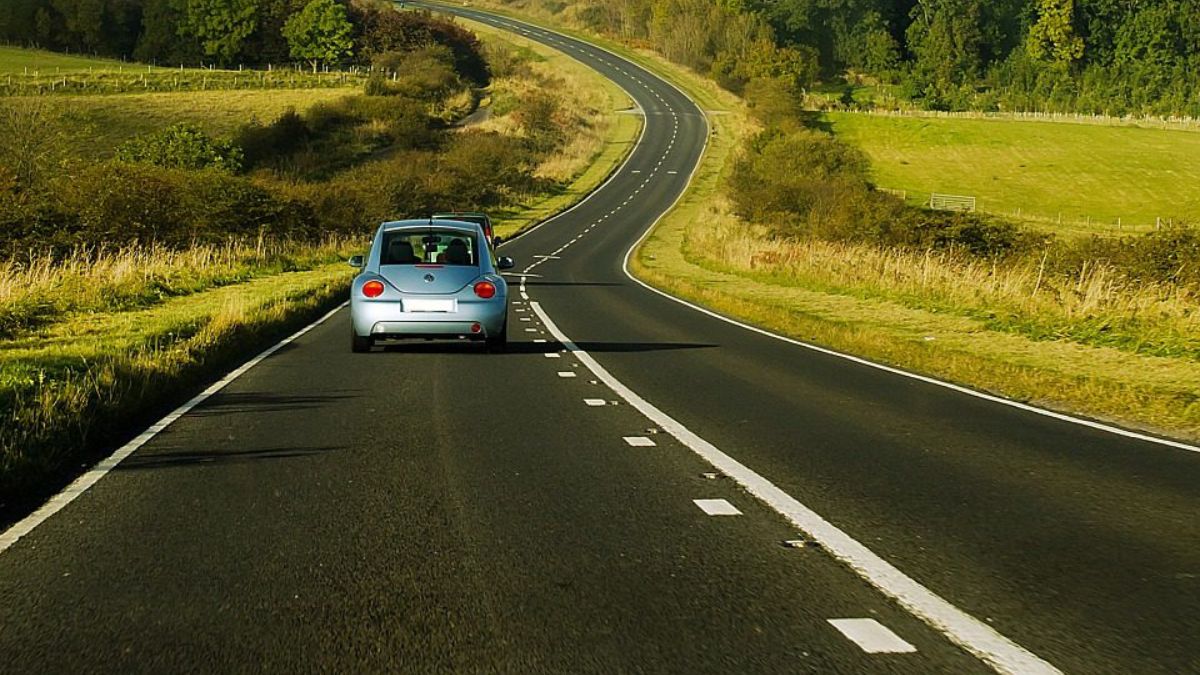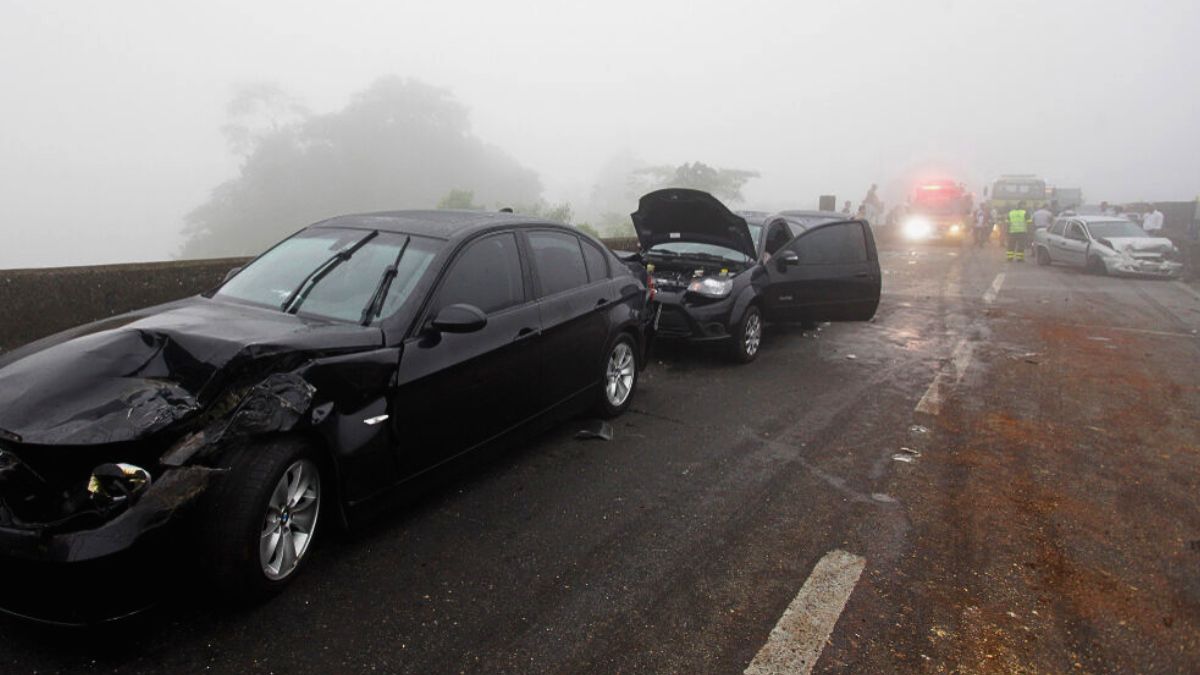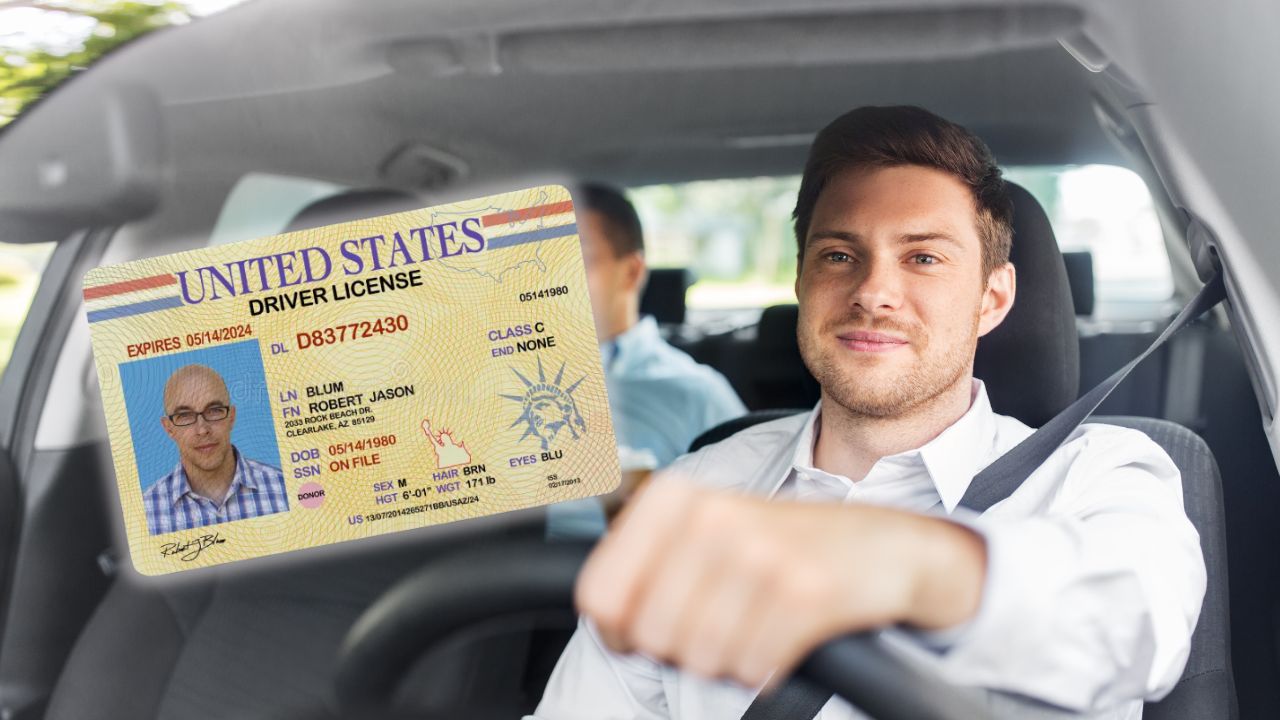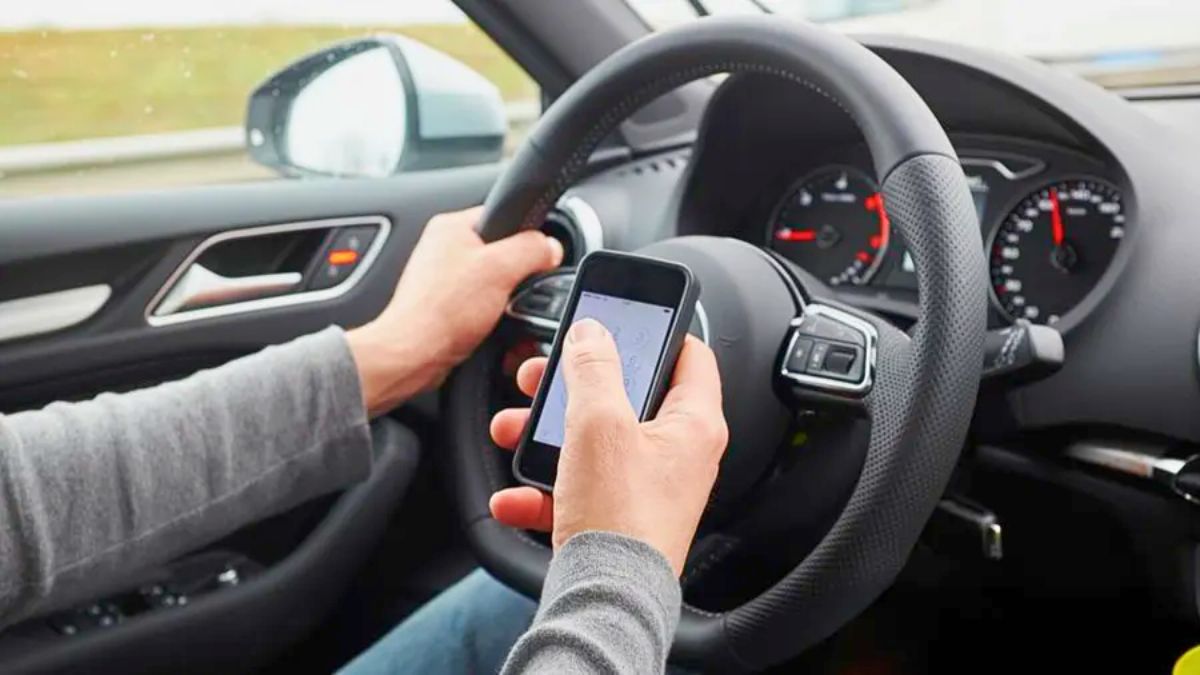Ever wonder how traffic lights seem to know when to turn green or why you sometimes sit at a red light when no cars are around? These little blinking boxes do a lot more than control traffic—they’re part of a complex, behind-the-scenes system designed to keep cities moving smoothly. Let’s take a closer look at how traffic signals really work and what goes on beneath those red, yellow, and green lenses.
Basics
At their core, traffic signals are programmed to control the flow of vehicles and pedestrians at intersections. Each signal goes through a cycle: green, yellow, and red. But that cycle isn’t always set in stone. Traffic lights can operate on fixed timing, actuated systems, or adaptive controls, depending on the intersection and traffic volume.
| Type of Signal | How It Works |
|---|---|
| Fixed-Time | Changes on a regular, preset schedule |
| Actuated | Changes based on sensors detecting traffic |
| Adaptive | Adjusts timing using real-time traffic data |
Detection
So, how does the light “know” you’re there? That’s where detectors come in. Most intersections use inductive loop sensors buried in the pavement. When a metal object (like a car) stops over the loop, it sends a signal to the traffic controller. Some modern systems also use video cameras, infrared, or microwave sensors to detect vehicles and even pedestrians.
Fun fact: The crosswalk button doesn’t always do what you think. In some places, it’s just a placebo—but in others, it genuinely triggers a signal for pedestrians.
Timing
Timing is everything in traffic signals. For fixed-time systems, engineers calculate the cycle length (total time for green, yellow, and red) based on traffic patterns, speed limits, and road size. In actuated systems, the signal adapts in real time—extending a green light if more cars are detected or cutting it short when the road is clear.
Yellow lights typically last 3 to 6 seconds, depending on the road’s speed limit. That gives drivers just enough time to safely clear the intersection.
Coordination
In busy cities, traffic lights don’t work alone—they’re synchronized to improve traffic flow. This coordination is called signal timing plans or green waves, where a series of lights turn green in sequence so vehicles can cruise through several intersections without stopping. This reduces delays and fuel use.
However, synchronization can break down if there’s a crash, construction, or unusually high traffic. That’s why some systems are upgrading to smart traffic signals that respond in real time.
Technology
Traffic signal technology has come a long way. Today, many cities are using AI, GPS, and machine learning to optimize traffic flow. Some intersections even prioritize certain vehicles—like giving green lights to emergency responders or buses using transit signal priority (TSP).
Others are experimenting with connected vehicle systems, where cars can communicate with traffic lights to improve timing and reduce stops. It’s the future of traffic control—and it’s happening now.
Power & Backup
Traffic signals run on electricity, but when the power goes out, most systems switch to flashing red mode, acting like a stop sign. Some intersections also have battery backups or solar power systems to keep things running during outages.
Knowing how traffic lights work helps you better know your daily commute—and maybe even have a little more patience at that next red light.
FAQs
What triggers traffic lights to change?
Sensors or timers tell signals when to change based on traffic.
What is a fixed-time signal?
A light that changes on a regular preset schedule.
Are all crosswalk buttons real?
Not always. Some are just placebos with no effect.
How long is a yellow light?
Usually between 3 to 6 seconds depending on road speed.
What is a green wave?
A series of lights timed so you hit multiple greens in a row.
